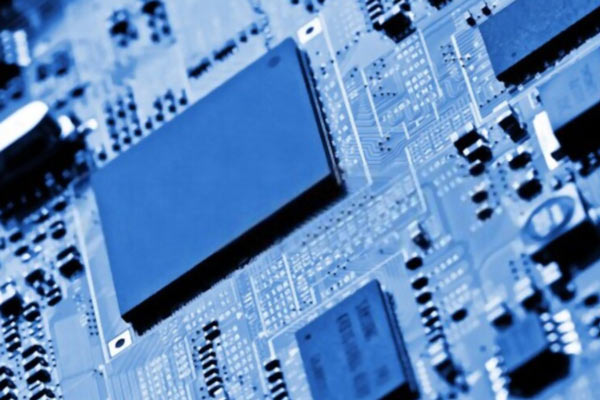Surface Mount Technology (SMT) stencils are one of the most crucial tools in the electronics manufacturing industry, as they enable precise and efficient solder paste deposition. SMT stencils are thin sheets with precise holes or apertures made of premium materials, often stainless steel. These holes are a medium for correctly depositing solder paste onto the surface mount pads on a printed circuit board (PCB). They are critical in the success of electronic assembly processes by guaranteeing accurate solder paste deposition. This post discusses various key aspects of these stencils, such as their types, the benefits they bring to the table, and their applications.
A Quick Introduction to the Types of SMT Stencils
SMT stencils are distinguished in terms of their materials of construction, manufacturing methods, solder paste application, and so on. The following are a few popular types of stencils based on the designs, materials of construction, manufacturing, and so on.
Framed Stencils: They are mounted on the frame and feature smooth aperture walls. These stencils ensure better print performance and are often preferred for high volume PCB manufacturing.
Frameless Stencils: These stencils are not mounted on frame, and are considered for low-volume PCB assembly.
Prototype Stencils: These types of stencils are used during the prototype building, thus, the name. They are created using CAD or Gerber files. These prototype stencils help minimize printing mistakes that may occur during manual applications.
Electroformed Stencils: As the name suggests, these stencils are produced through electroforming. Generally, electroformed stencils are made of nickel and ensure high accuracy, which is why they are costly. These stencils are generally used for complex PCB production.
Laser Cutting: These types of stencils feature apertures, which are created through laser cutting. Laser cutting helps improve the accuracy of apertures.
Chemical Etching: These stencils feature apertures, which are created through chemical etching. Although cheaper than electroformed and laser-cut stencils, these stencils are not preferred for applications where high accuracy is required.
Stainless Steel Stencils: Made from stainless steel, these types of stencils are quite durable. They help users to minimize mistakes and are affordable.
Kapton Stencils: These stencils get their name from Kapton material used for construction. They assure optimal performance during hand soldering.
5 Reasons Why SMT Stencils Are in Demand
These stencils are always in demand due to the following five reasons.
Stencils help minimize the errors introduced during manual assemblies, such as short circuits, disturbed pad positions, burred side walls, voids during soldering, and so on.
Stencils can be cleaned after usage and used again with the same accuracy.
A PCB stencil helps keep other areas of the board clean by allowing the solder paste to flow only through the intended apertures.
Whether employed in a manual process or an automated PCB assembly, these stencils help minimize mistakes or faults.
These stencils assure high accuracy during printing. Small pitch patterns of 250 μm can be achieved using these stencils.
Applications of SMT Stencils
These stencils contribute to the overall quality, reliability, and efficiency of electronic devices. They help achieve precise and efficient solder paste deposition during the surface mount assembly process. Here are some vital applications of these stencils:
PCB Assembly: These stencils are extensively used in the assembly of printed circuit boards (PCBs). They facilitate the precise deposition of solder paste onto the solder pads, enabling the accurate placement and bonding of surface mount components.
Fine-Pitch and Miniaturized Components: As electronic devices become smaller and more compact, the demand for fine-pitch and miniaturized components increases. The stencils with finely designed apertures and high precision are crucial for accurately depositing solder paste onto these small and densely packed component footprints.
Prototype Development: SMT stencils are widely used during PCB prototyping. These stencils enable quick and efficient solder paste deposition, allowing for rapid assembly and evaluation of prototype PCBs.
Low-Volume and High-Mix Production: These Stencils offer flexibility and efficiency in low-volume and high-mix production environments. With the ability to quickly change stencils between different PCB designs, manufacturers can effectively handle diverse product variations and small production runs.
SMT stencils are indispensable for achieving high-quality solder paste deposition in surface mount assembly processes. As the electronics industry evolves, the demand for these stencils will always be high as they contribute to the overall quality of electronic manufacturing.



